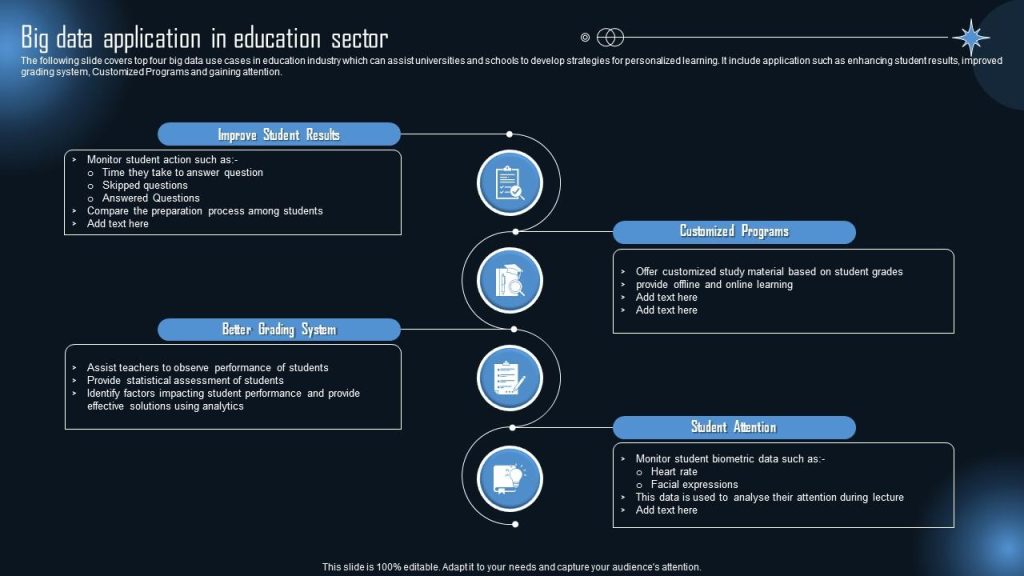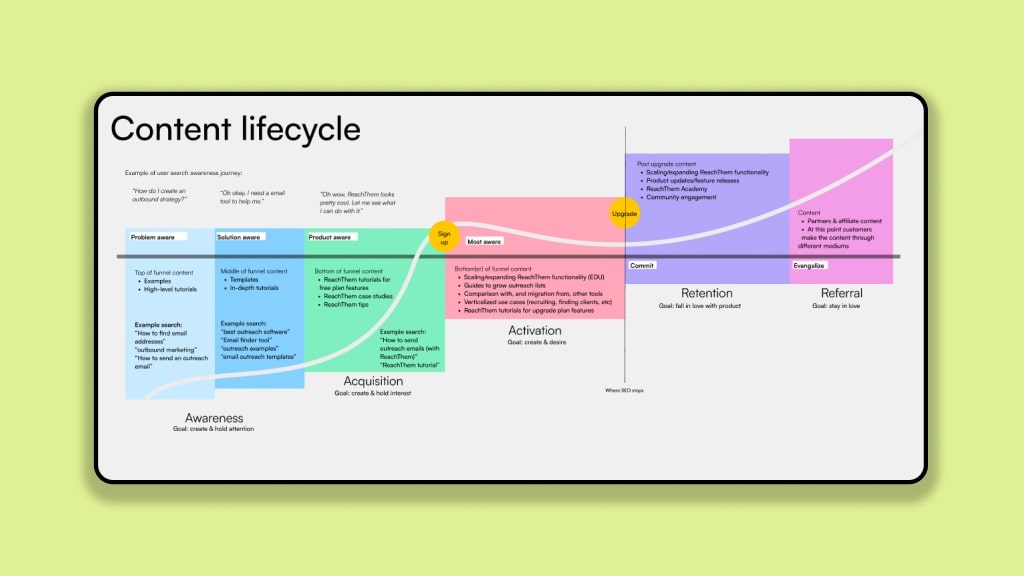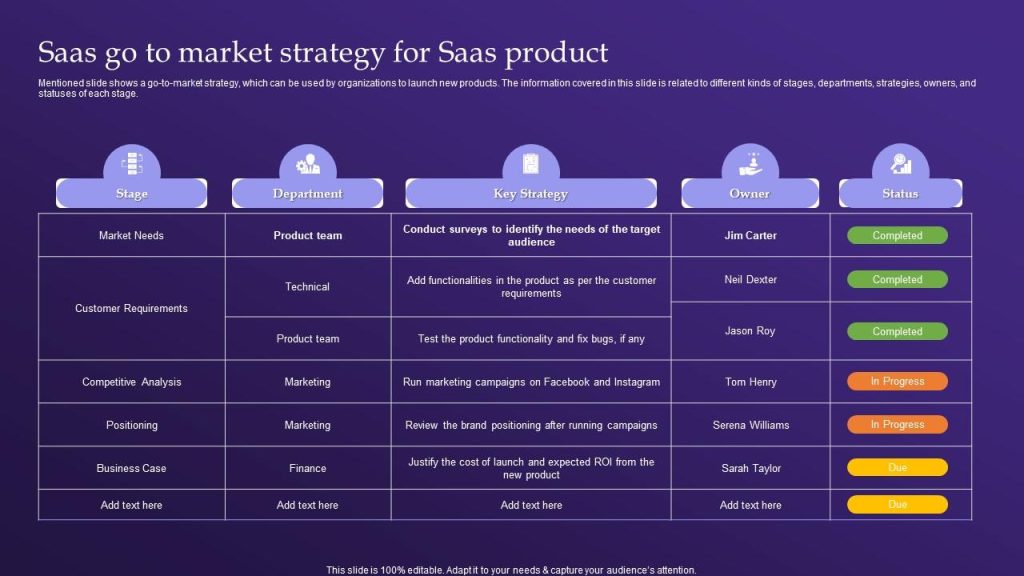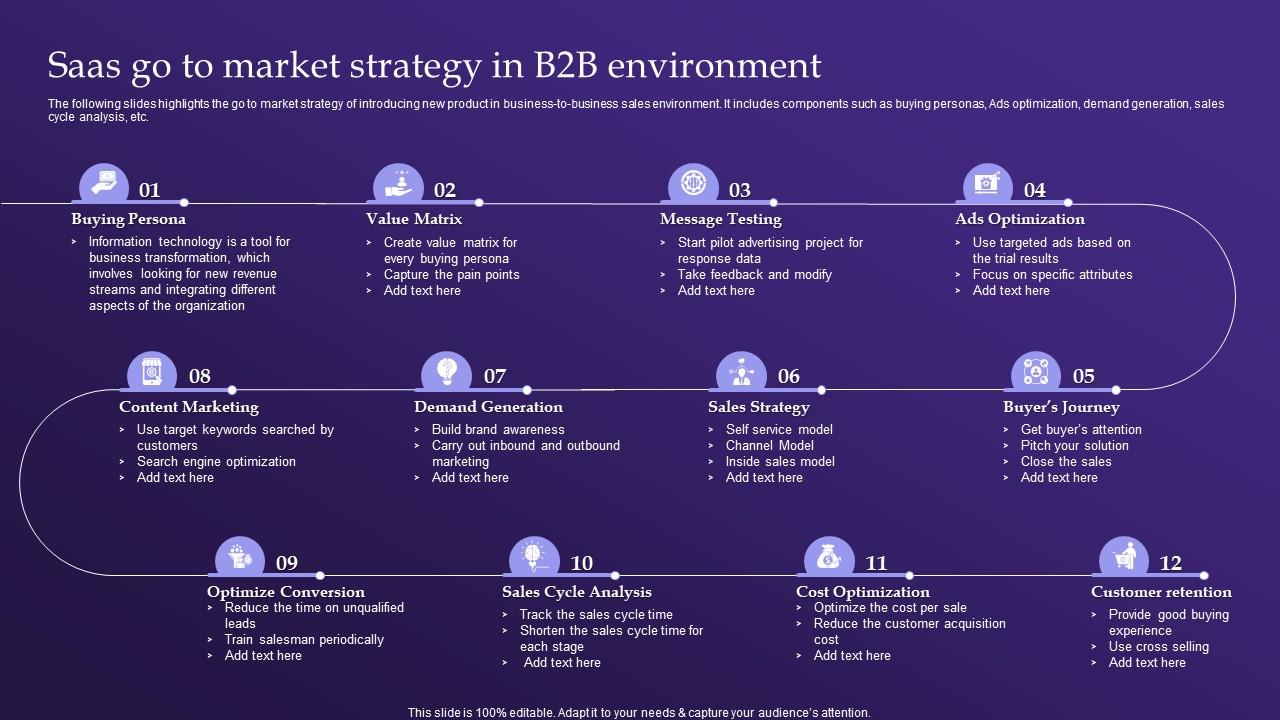Introduction
Go-To-Market, Launching a Software-as-a-Service (SaaS) product is a journey filled with opportunities and challenges, where success heavily depends on how well you plan and execute your go-to-market (GTM) strategy. In the ever-expanding SaaS industry, having a detailed and actionable GTM plan can make the difference between exponential growth and obscurity. Go-To-Market, The SaaS go-to-market strategy template provides a structured framework to introduce your product to the right audience, generate traction, and establish a sustainable market presence. This comprehensive approach covers everything from understanding your target market to optimizing post-launch activities for ongoing success. A GTM strategy is not a static document—it evolves with your product, audience, and competitive landscape. By following a detailed template, SaaS companies can ensure they address all critical aspects before, during, and after launching their solution. Please visit this.
Understanding The Importance Of A SaaS Go-to-Market Strategy

Go-To-Market, The significance of a SaaS go-to-market strategy lies in its ability to align all stakeholders—product teams, marketing, sales, and customer success—around a unified plan. In the SaaS world, the sales cycle is often shorter than in traditional software models, and customer acquisition and retention happen simultaneously. Without a clearly defined GTM plan, teams may work in silos, causing inefficiencies, missed opportunities, and inconsistent messaging. A robust strategy ensures that the product reaches the right audience with the right message at the right time, which is especially crucial given the competitive and fast-moving nature of SaaS markets. Moreover, because SaaS is often subscription-based, the GTM strategy focuses not only on attracting new customers but also on retaining them through ongoing engagement and value delivery.
Defining The Target Market And Ideal Customer Profile
Go-To-Market, Before crafting the finer details of the GTM plan, it is essential to define who the product is for. For a SaaS business, the target market can range from small businesses to enterprise-level organizations, each with unique needs, budgets, and buying processes. The ideal customer profile (ICP) helps to narrow this focus by identifying the specific characteristics of the customers most likely to benefit from the product and remain loyal over time. Factors such as industry, company size, geographical location, technology stack, and budget constraints play a crucial role in this definition. For example, a project management SaaS tool may be ideal for creative agencies with 10–50 employees who need collaborative features and flexible integrations. By understanding the ICP, marketing efforts can be highly targeted, ensuring better ROI and stronger customer relationships from the start.
Market Research And Competitive Analysis
Market research forms the backbone of a SaaS GTM strategy. It provides insights into customer needs, current market gaps, and opportunities that the product can address. The process includes studying competitors to understand their strengths, weaknesses, and positioning. Competitive analysis reveals where your product can differentiate—whether through unique features, pricing models, customer support, or integration capabilities. By mapping the competitive landscape, you can position your SaaS offering in a way that makes it stand out, even in crowded markets. Additionally, research helps validate demand and fine-tune product features before launch. This proactive approach reduces the risk of investing in features or campaigns that fail to resonate with the target audience.
Positioning and Messaging Framework
Go-To-Market, Once the market and audience are well-understood, the next step in the template is creating a positioning and messaging framework. Positioning defines how you want your product to be perceived in the market, and messaging communicates that perception effectively to the audience. For SaaS companies, the positioning statement should clearly articulate the problem the product solves, the benefits it offers, and why it is a better choice than alternatives. The messaging framework breaks this down for different channels and audience segments, ensuring consistency across all marketing touchpoints. Whether it’s a website landing page, an email campaign, or a sales pitch, the messaging should speak directly to the customer’s pain points and aspirations.
Pricing and Packaging Strategy

Go-To-Market, In SaaS, pricing is both an art and a science. The GTM template should include a clear pricing and packaging strategy that aligns with the perceived value of the product while remaining competitive. Subscription-based models, tiered pricing, freemium plans, and pay-as-you-go options each have their advantages and drawbacks. The chosen pricing structure should cater to the needs and budget of the target audience while supporting the company’s growth and profitability goals. For example, a freemium model can be effective for quickly acquiring users, but it must be designed to convert free users into paying customers over time. Testing different pricing strategies before finalizing them can help identify the optimal approach for revenue generation.
Sales And Distribution Channels
A well-defined GTM strategy also outlines the sales and distribution channels through which the SaaS product will reach customers. Options range from direct sales teams to self-service online sign-ups, channel partners, or marketplace listings. The choice depends on the complexity of the product, the target market, and the sales cycle length. For example, enterprise SaaS solutions often require a direct sales approach with account managers, while small business-focused tools may succeed through self-service and automated onboarding. Regardless of the channel, the sales process should be streamlined, with clear stages from lead generation to closing deals, ensuring a smooth experience for both the sales team and potential customers.
Marketing And Demand Generation
Go-To-Market, Marketing plays a central role in SaaS GTM strategies. Demand generation encompasses all activities that create awareness and interest in the product, eventually driving customer acquisition. A balanced approach includes inbound marketing—such as content marketing, SEO, and social media—and outbound strategies like email outreach, paid advertising, and events. The GTM template should detail the marketing channels, campaigns, and content types to be used. For SaaS companies, educating the audience about the product’s value is often as important as selling the product itself. Thought leadership content, webinars, and case studies can help establish credibility and trust, while targeted ads can capture leads who are actively seeking solutions.
Onboarding and Customer Success Strategy
In SaaS, the customer journey doesn’t end with a purchase—it begins. Effective onboarding ensures that new users can quickly understand and derive value from the product. The GTM strategy template should include a step-by-step onboarding plan, covering welcome emails, tutorials, guided product tours, and dedicated support for complex setups. A focus on customer success is critical for reducing churn and increasing lifetime value. This means having a proactive support system, regular check-ins, and mechanisms for collecting and acting on feedback. By ensuring customers achieve their desired outcomes, SaaS companies can foster loyalty and encourage word-of-mouth referrals.
Metrics And KPIs For Measuring Success
Go-To-Market, No GTM strategy is complete without a clear set of metrics to measure success. Key performance indicators (KPIs) for SaaS GTM efforts might include customer acquisition cost (CAC), lifetime value (LTV), churn rate, monthly recurring revenue (MRR), and net promoter score (NPS). These metrics provide a data-driven view of the strategy’s effectiveness, allowing for timely adjustments. For example, a high CAC might signal the need for more efficient marketing channels, while a rising churn rate could indicate onboarding or product adoption issues. The template should define how and when these metrics will be tracked, ensuring accountability and continuous improvement.
Iterating And Adapting The Strategy

Go-To-Market, The SaaS market is dynamic, with customer needs, technology, and competitive pressures evolving constantly. Therefore, the GTM strategy should be viewed as a living document that can be adapted based on real-world performance and market changes. Post-launch reviews are essential for identifying what worked, what didn’t, and why. This feedback loop allows SaaS companies to refine their marketing, sales, and product development efforts for sustained growth. By fostering a culture of experimentation and agility, businesses can stay ahead of competitors and maintain strong customer relationships.
Conclusion
A well-crafted SaaS go-to-market strategy template provides a clear and actionable roadmap for introducing a new product to the market, capturing attention, and driving sustainable growth. It ensures that every aspect—from market research and positioning to pricing, sales channels, and customer success—is addressed in a coordinated manner. By following a structured template, SaaS businesses can minimize risks, optimize resources, and increase the likelihood of achieving their growth objectives. While every product and market is unique, the principles outlined in a GTM strategy serve as a reliable foundation for making data-driven, customer-centric decisions that lead to long-term success.

